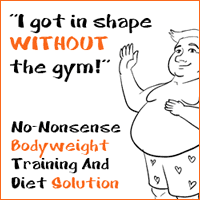Yet even when you're at your busiest, you should never cut corners when it comes to maintaining a healthy diet. Your body needs food to function at its best and to fight the daily stress and fatigue of life.
Energy and Diet: How The Body Turns Food Into Fuel
Our energy comes from the foods we eat and the liquids we drink. The three main nutrients used for energy are carbohydrates,protein, and fats, with carbohydrates being the most important source. Protein and fats can also be employed for energy when carbs have been depleted. Once eaten, nutrients are broken down into smaller components and absorbed, then used as energy to fuel our bodies. This process is known as metabolism.
Carbohydrates come in two types, simple and complex, and both are converted to sugar (glucose). “The body breaks the sugar down in the blood and the blood cells use the glucose to provide energy,” says Melissa Rifkin, a registered dietitian at the Montefiore Medical Center in the Bronx, N.Y.
Energy and Diet: Best Foods for Sustained Energy
Complex carbohydrates such as high-fiber cereals, whole-grain breads and pastas, dried beans, and starchy vegetables are the best type of foods for prolonged energy because they are digested at a slow, consistent rate. “Complex carbohydrates contain fiber, which takes a longer time to digest in the body as it is absorbed slowly," says Rifkin. Complex carbs also stabilize our bodies’ sugar level, which in turn causes the pancreas to produce less insulin. This gives us a feeling of satiety and we are less hungry.”
Also important in a healthy, energy-producing diet is protein (preferably chicken, turkey, pork tenderloin, and fish), legumes (lentils and beans), and a moderate amount of healthy monounsaturated and polyunsaturated fats (avocados, seeds, nuts, and certain oils).
“Adequate fluids are also essential for sustaining energy,” says Suzanne Lugerner, RN, director of clinical nutrition at the Washington Hospital Center in Washington, D.C. “Water is necessary for digestion, absorption, and the transport of nutrients for energy. Dehydration can cause a lack of energy. The average person needs to drink six to eight 8-ounce glasses of water each day.”
Clickbank Products







